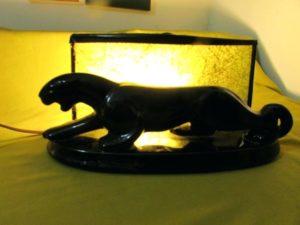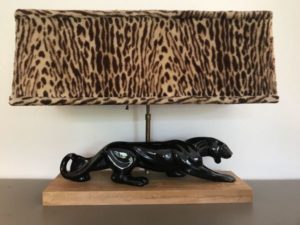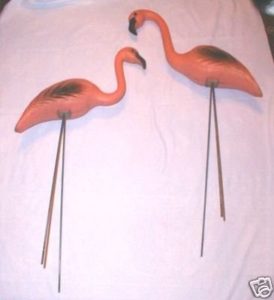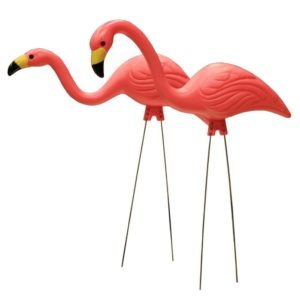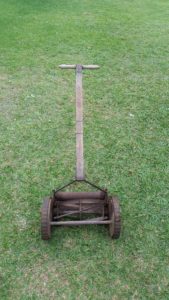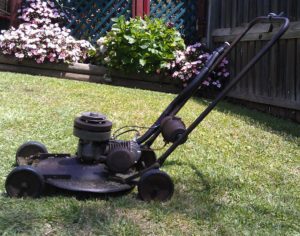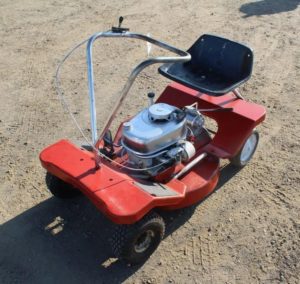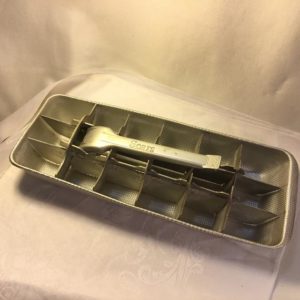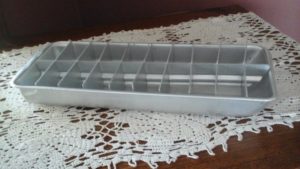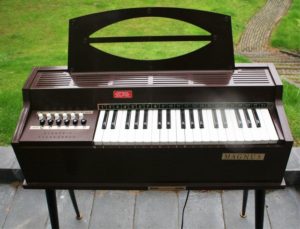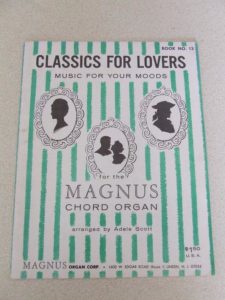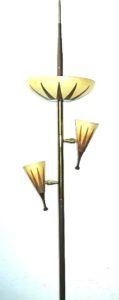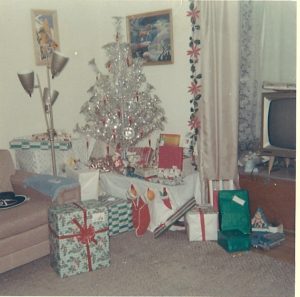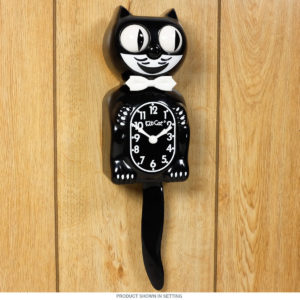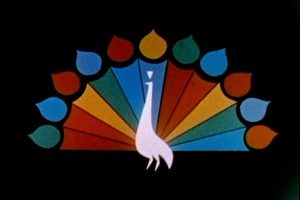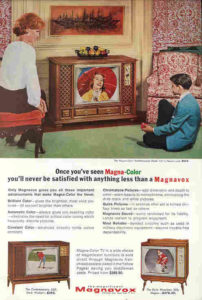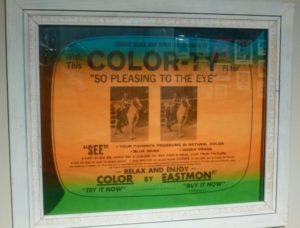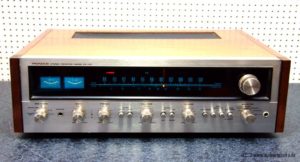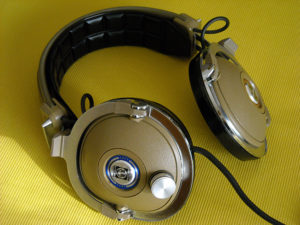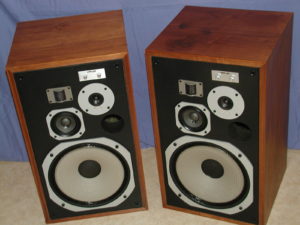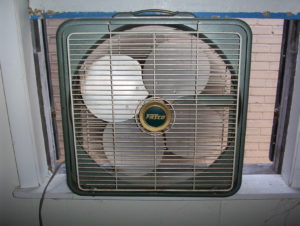
Air conditioning has become a ubiquitous part of our lives. We work in it, drive in it, and live in it in our homes. Even the cheapest built tract homes have central heat and air installed. And most older homes have had air conditioning added, whether central or with multiple window units.
But go back to our childhoods, and odds are there were a lot of windows open and fans running in the summertime.
We thought nothing of speeding down the highway with all four windows down in July. Sure, mom’s hair would get messed up. But she would much rather deal with that than burn up in the heat.
And school in September! There we were, miserable after that much-too-short summer vacation, and to top off the agony of being back in class, it was at least 90 degrees in the room!

Most tract homes built before the mid 1960’s simply didn’t include the expensive option of air conditioning. Our home, built in the late 40’s, had a floor furnace for heat. That was it. Summers involved having every window in the house open, and fans running everywhere. At night, a fan would be placed in a window to draw the cooler night air in.
And you know what? We didn’t sit around complaining about how hot we were. We got used to it! It was life.
In 1967, dad sprung for an evaporative cooler like the one pictured. The concept is simple: water runs down big panels on each side of the unit. A large fan inside draws air through the water, evaporating it and getting cooled in the process. The cooler air is circulated through the house. You opened a window at the other end of the house to let the air escape.
They work very well in dry air, not so well where it’s humid. Northeast Oklahoma is a humid place, but the swamp cooler did cool the air down enough that it was a good buy when air conditioning was still prohibitively expensive.
Movie matinees were another welcome summertime diversion. The tickets were discounted, and you got to sit in cool heaven while the movie played. Of course, that made the heat at home seem temporarily unbearable. But, you soon got used to it again.
I get a kick out of folks with narrow ranges of comfort. Every office has them: freezing at 70 degrees, burning up at 73. Ironically, many of these permanently dissatisfied individuals did just fine as kids when the living room temperature was in the upper 80’s.
